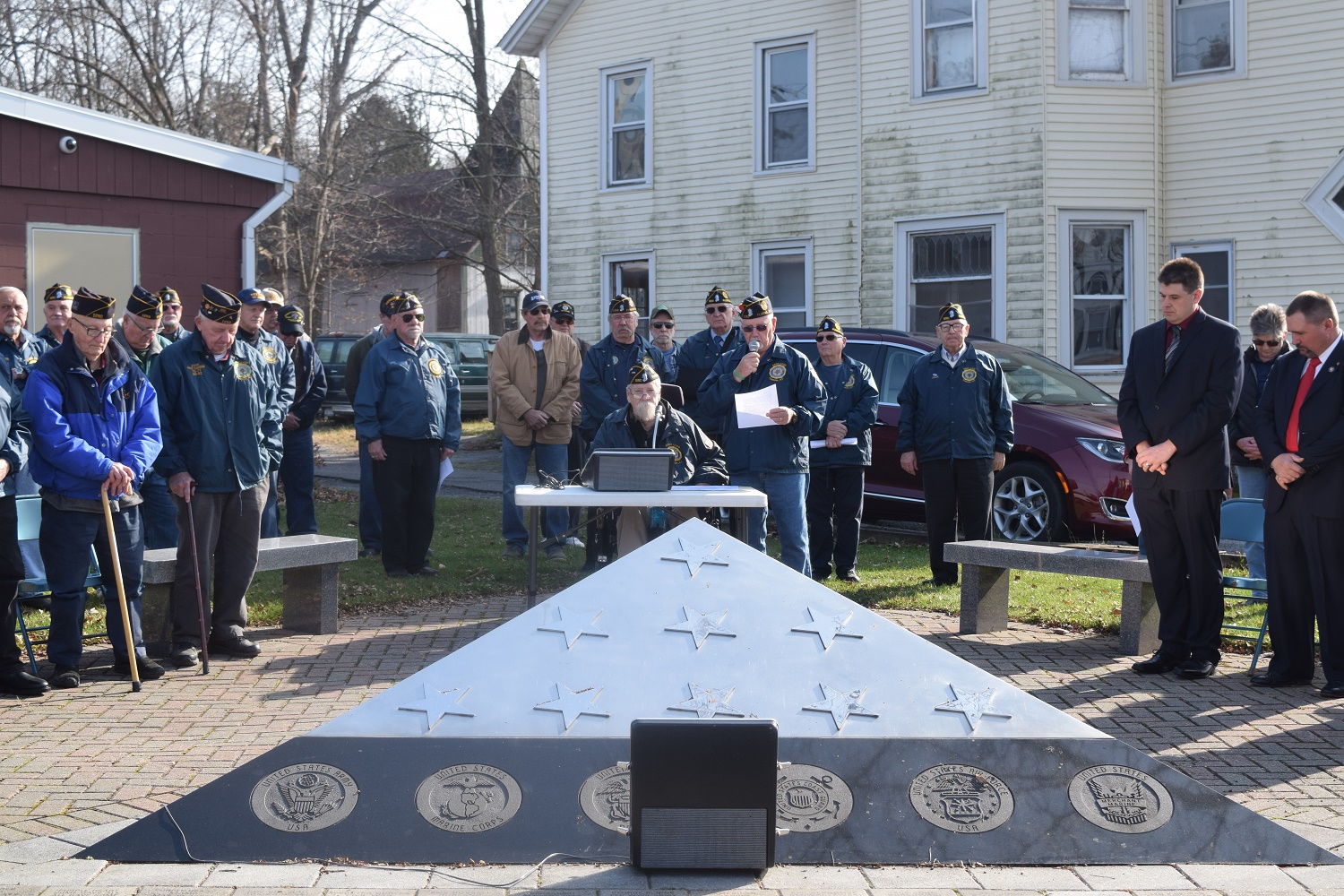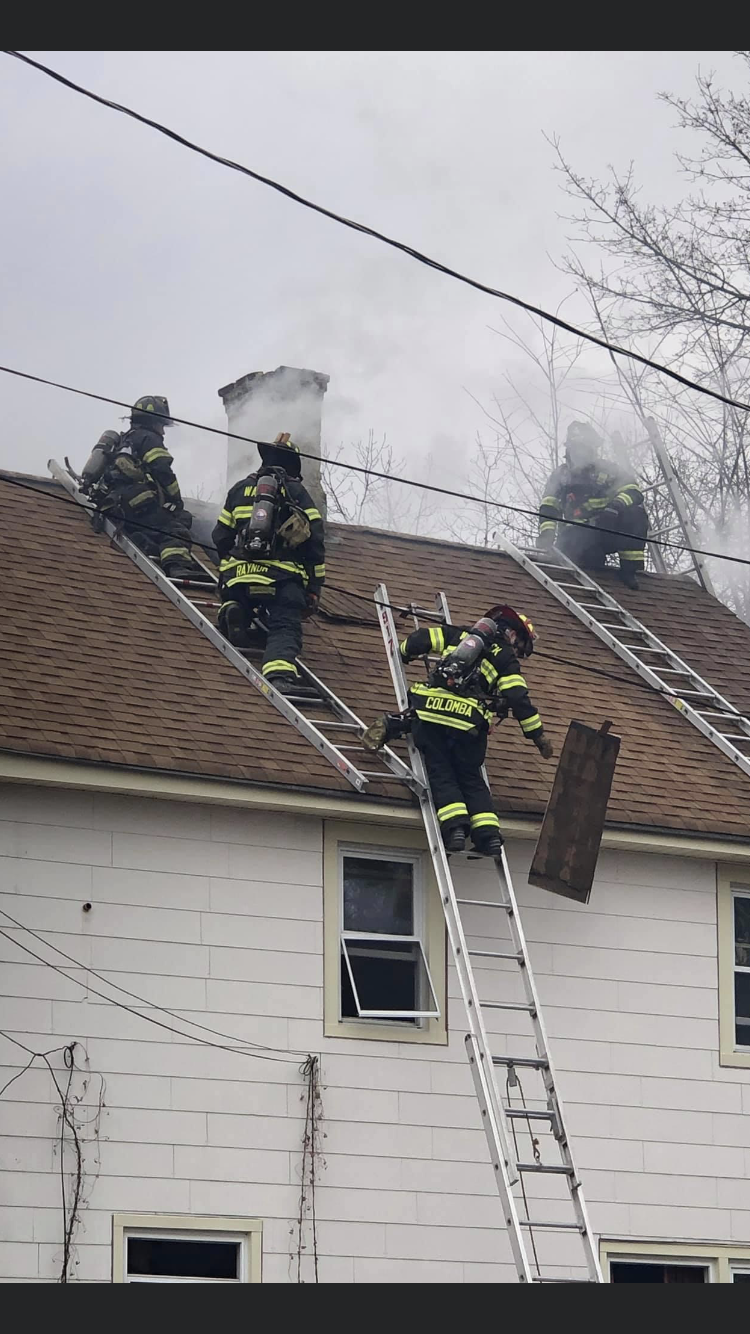The Warwick Fire Department (WFD) reports that for the week ending on Sun., Mar. 1, they responded to 56 calls for service to date for the year including mutual aid fire calls to the Chester Fire District and Vernon Fire Department over the past week.
On Mon., Feb. 24, fire companies held weekly in Station apparatus and buildings checks to ensure fire apparatus and fire stations are in working order. They also held their mandatory annual refresher training on Hazardous Materials.
On Tues., Feb. 25, the WFD held their regularly scheduled monthly Executive Board and Officers meeting at Warwick Station #1. On Wed., Feb. 26, the WFD Interior Qualified Firefighters began annual requalification’s training on the department’s Bailout Rope Harness Systems at Station #4. Firefighters who are qualified complete three jumps from the second floor of the training facility and newly qualified interior firefighters complete nine.
On Thurs., Feb. 27, the WFD Firefighter Assist Search Team (FAST) made up of senior interior officers and firefighters held their monthly Operations Drill that also included the department’s Rope Operations Team Drill.
Warwick Fire Prevention: Home Safety Tips
Fire prevention is a function of the Warwick Fire Department. The goal of the Warwick Fire Prevention Team is to educate the public to take precautions to prevent potentially harmful fires, and be educated about surviving them. It is a proactive method of reducing emergencies and the damage caused by them. Most importantly we want to keep residents and neighboring communities fire safe.
Fire Extinguishers
Not only is it smart to keep fire extinguishers in your home, it’s also the law in many states. It’s important to make sure you have the right types of fire extinguishers on hand to put out common household fires. Read our fire extinguisher safety tips to learn how to stay safe and don’t forget to make sure you have the right coverage if your home sustains fire damage.
The first thing to do when choosing a fire extinguisher is to decide which rooms in your house need one. You should keep at least one on each level of your house. Make sure you keep fire extinguishers handy where fires are more likely to start, like in the kitchen and garage. There are four classes of fire extinguishers – A, B, C and D – and each class can put out a different type of fire.
Class A extinguishers will put out fires in ordinary combustibles such as wood and paper. Class B extinguishers are for use on flammable liquids like grease, gasoline and oil. Class C extinguishers are suitable for use only on electrically energized fires. Class D extinguishers are designed for use on flammable metals. Multipurpose extinguishers can be used on different types of fires and will be labeled with more than one class, like A-B, B-C or A-B-C.
Look for fire extinguishers that you can easily lift. Larger extinguishers may pack more power, but you must be able to use it properly. Once you’ve made your purchase, familiarize yourself with the fire extinguisher directions so you’ll be prepared in case you need to put out a fire. Typically, fire extinguishers are fairly easy to use in the case of a fire.
Most of the types operate using the P.A.S.S. technique: P – Pull the pin on the fire extinguisher in order to break the tamper seal; A – Aim the fire extinguisher low, with the nozzle pointed at the base of the fire; S – Squeeze the handle of the fire extinguisher to release the extinguishing agent; and S – Sweep the nozzle from side to side while pointed at the base of the fire until it is extinguished. If the fire re-ignites, repeat the last three steps.
Firefighters Needed
Firefighters are needed. Those 16 years of age or older may apply. For more information, send an email to warwickfire150@gmail.com, call 986-3473 or stop by any neighborhood firehouse.







